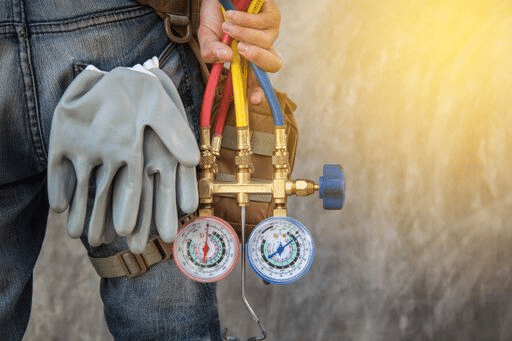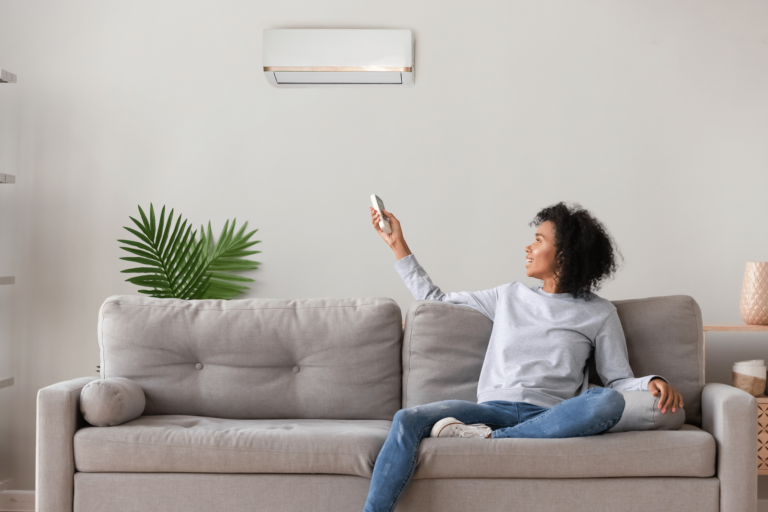Ventilation, Purification & Filtration: What’s the Difference?
The COVID-19 pandemic has brought increased attention to the importance of cleaning and purifying the air that we live and work in. We often hear the words “ventilation,” “purification”, and “filtration” when discussing air decontamination, but what do they actually mean, and what is the difference between the terms?
Though many people use these words interchangeably, the truth is each term describes something very different about improving air quality. Understanding the difference between each is essential so that you are improving your air the exact way that you want.
Air Ventilation
Air ventilation is the V in HVAC and is an overlooked and often underutilized portion of the air quality improvement process. During ventilation, outside air is intentionally added to a home, while “stale” indoor air is removed. Outdoor air is estimated to be about 10% cleaner than indoor air, however, without anything filtering out outdoor air, you may still be introducing different toxins and contaminants into your home or office. So, while it is great to focus on proper ventilation to help contain the spread of COVID-19, it is vital that we do it in conjunction with filtration and purification.
Air Filtration
During the process of air filtration, airborne particles like dust, pollen, debris, dander, or dust mites are removed from the air through a filter on your HVAC system. Most systems and units use HEPA or MERV filters, however, HEPA filters are typically recommended because of their ability to remove 99.7% of all particles in the air as small in diameter as a single strand of human hair. Some vacuums even use HEPA filters to help remove these same particles from your rugs and carpets! Once these particles are removed, air purification can help continue improving the quality of the air you breathe.
Air Purification
Air purification further sanitizes the air by emitting something to kill or neutralize airborne toxins. This process is different from filtration because instead of filtering and removing something from the air, purifiers add something back into the air to continue purifying it. There are many different purification systems, but the most popular system is U.V. purification, which mimics the way the sun’s ultraviolet rays purify the outdoor air. U.V. purification can kill and/or neutralize toxins, pathogens, viral and fungal matter, mildew, mold, pollen, dust mites, and other airborne toxins that you may not even realize are in the air. It can also reduce odors in the air, leaving you with a “fresher” feeling and smelling air.
Though some homes may only be able to feasibly have one system of air quality improvement, it is always best to have a system that can accommodate ventilation, filtration, and purification processes so that your air is as clean and sanitized as possible.
Air Rescue is Tampa’s leading HVAC service and installation company. Since 1946, we’ve been providing high-quality, professional service at an affordable price. Our team of 75 experienced technicians is licensed and expertly trained, so you can always rely on us to provide the best service possible. For more information, submit a request or give us a call at 813-358-3431.
Sources:
https://www.airconditioningarizona.com/ventilation-purification-filtration/








